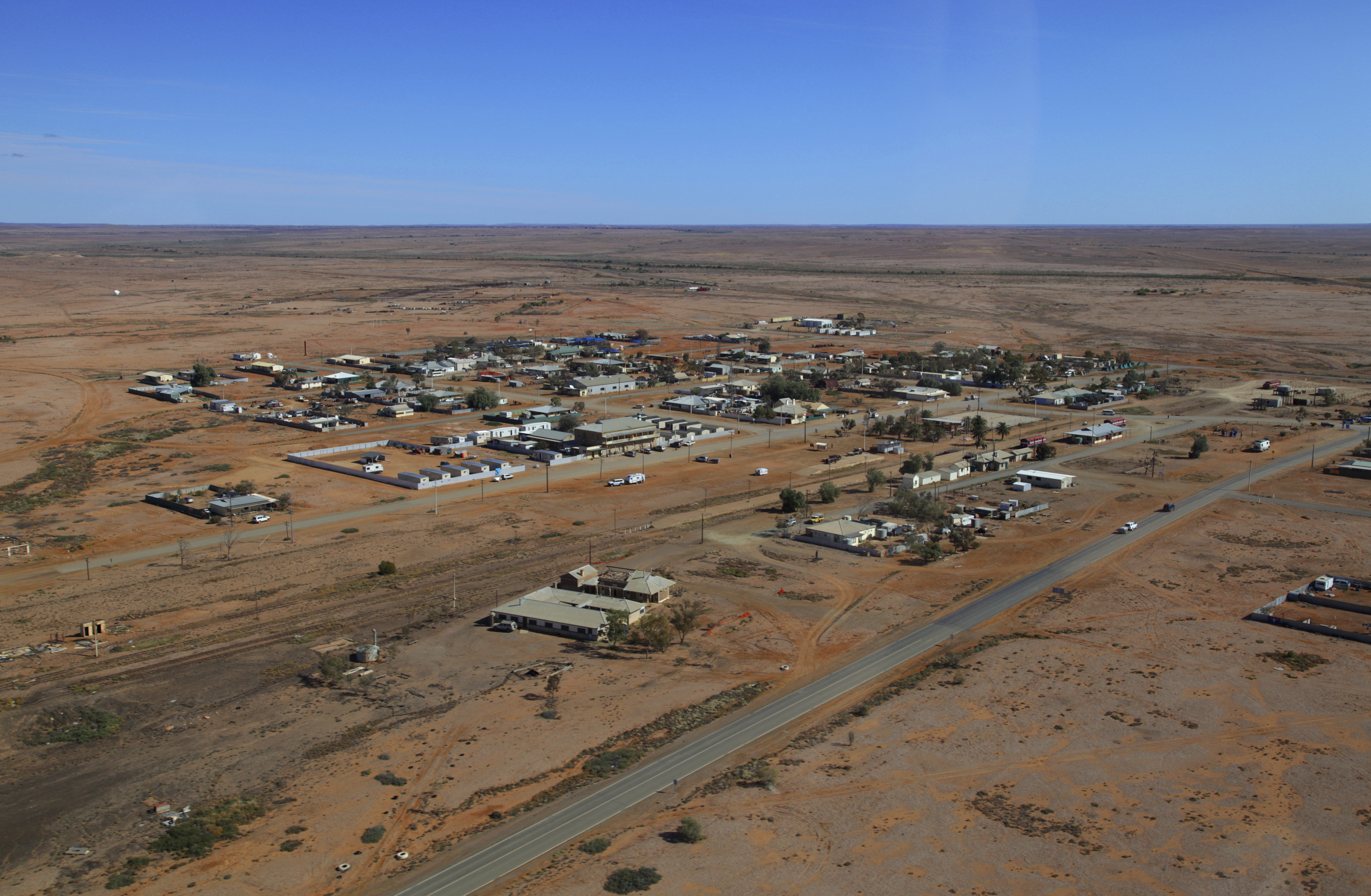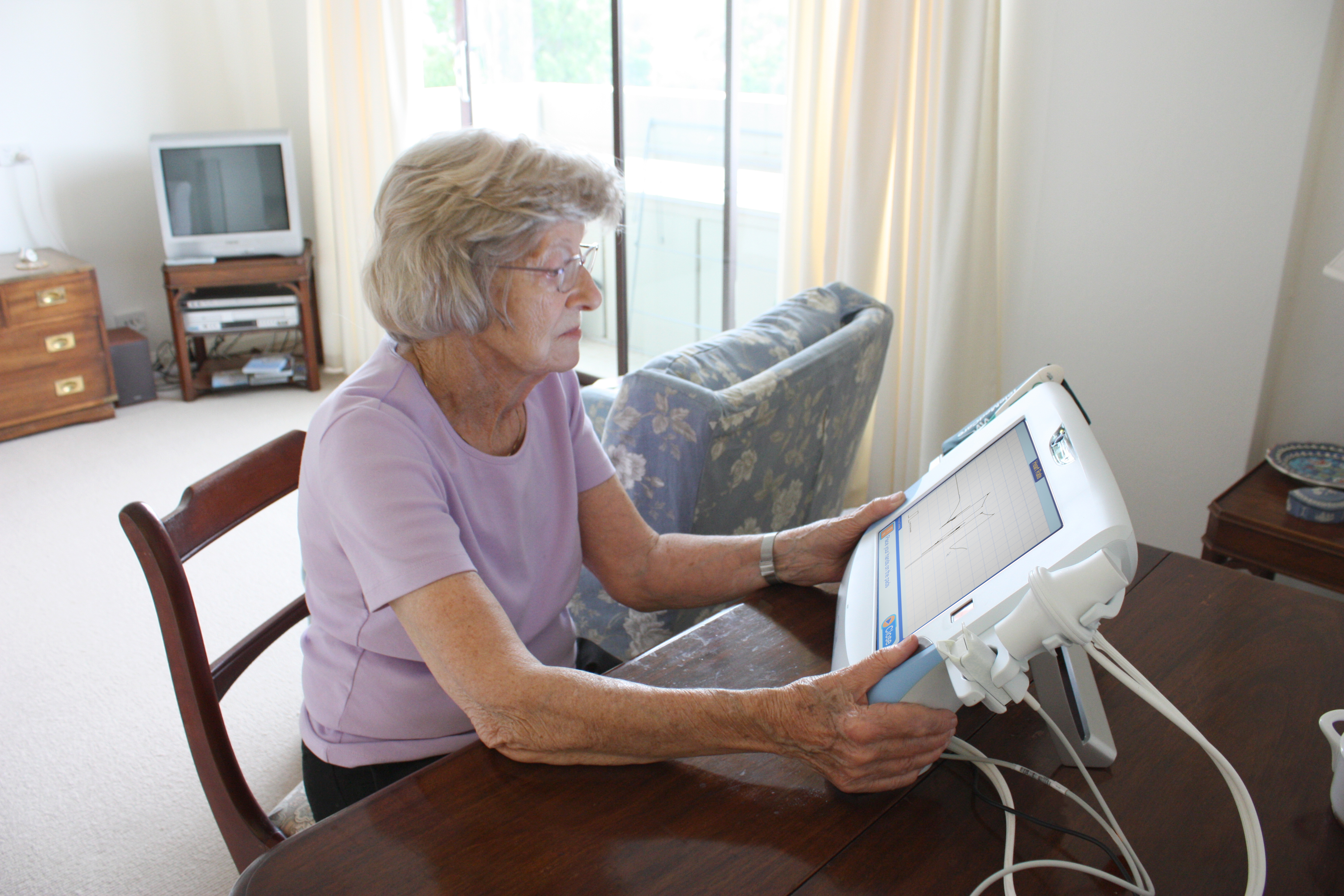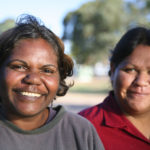For the past two days I’ve been stuck in bed sick with a horrendous cough. By the end of day two I’m over it. I contemplate the 5 minute drive down the road to the doctor’s surgery, but the thought of sitting in a room full of other sick people with god-knows-what bugs floating around kind of creeps me out.
If only just like last’s week’s restaurant reservation booked online or that Skype call with my friend overseas, I could just schedule an online tele-consultation with my doctor without leaving the comfort of my own bed. I admit it might seem like a Gen Y problem but why isn’t a visit to the doctor easier in this day and age? Surely the idea of a video-conference with my GP to assess my signs and symptoms is better than trusting Google and coming up with my own self diagnosis right? It might just be a common cold or perhaps something more serious, but within a few minutes at least I’d know whether I really needed to take that trip to a germ invested waiting room for some antibiotics.

Remote and regional towns across Australia have less access to health services, with some
patients needing to travel several hours to see a doctor. CSIRO will deliver specialist eye-care to remote communities in WA and Torres Strait Islands through our telehealth system Remote-i.
But, what if I lived in a remote community in Western Australia where my 5 min drive to the doctors could actually be 4 or even 6 hours drive. Now that’s a long way to go for a consultation! I’d have to take a whole day off work just to visit a doctor and in the end they may tell me I’m fine after all and I would’ve wasted a whole day driving in the car. And what if my flu was something more serious such as an eye disease like glaucoma or diabetic retinopathy.
As we face the pressure of rising costs and demands on our health system due to an ageing population and an increase in chronic disease, we need to think differently about how we deliver health services says Dr Sarah Dods, Leader of Health Services for CSIRO’s Digital Productivity and Services Flagship.
“We are currently spending 20 cents in every tax dollar on health and that is forecast to increase to 40 cents in every dollar by 2043. At that stage health will consume our entire state government budgets if we don’t change the way that we do things.”
Telehealth services offer us an opportunity to do old things in new ways and new things in ways we never thought of. They can help us to responsibly improve productivity, improve access to health services so that escalating health issues can be addressed earlier, and offer better quality of care to patients.
Telehealth services made possible by the arrival of fast broadband services across Australia can deliver many health services especially into remote communities, reducing the need for travel; providing timely access to services and specialists; improving the ability to identify developing conditions and provide a means to educate and train and support remote healthcare workers.
They can also reduce the burden on our health system by keeping hospital ‘frequent flyers’ such as chronic disease sufferers or the elderly, which accounted for over 70% of Australia’s $103.6bn health expenditure during 2007-2008, to manage their conditions from home.

CSIRO, together with six private and public health service delivery organisations, is conducting Australia’s first large scale randomised control trial of telehealth services.
Video-based teleconsultations are now available to patients in some locations, but this is the tip of the iceberg in terms of what broadband can deliver.
At CSIRO we are on the way to help making the next generation of telehealth services a reality.As part of the NBN enabled Telehealth Pilots Program administered by the Department of Health and Ageing (DoHA) funded by the Department of Broadband and Communications and the Digital Economy, CSIRO has been awarded two large grants to help conduct important clinical trials needed to inform the wide scale roll out and integration of telehealth services for Australia. The trials will run for 12 months and involve over 1100 patients across the two studies in rural health clinics, hospitals, local health care districts, nursing homes and patients in their own homes across Australia.
“We are very excited to be at the helm of these projects bringing together the best minds across CSIRO from health services research, computer science, mathematics, statistics and social science, to work with our partners on Australia’s largest telehealth study” said Dr Dods
“Our team is also looking forward to working on our NBN-enabled Indigenous Tele-Eye Care project testing our Remote-I system over satellite broadband service. We will show how this telehealth service can be rolled out to multiple rural and remote areas and help address the difficulties these indigenous communities face in accessing specialist eye care services”.
- Through the NBN-enabled tele-eye care project CSIRO and our partners will deliver specialist eye care to rural and remote communities in WA and the Torres Strait islands.
- CSIRO will deliver an remote teleopthalmology service to sites in WA and the Torres Strait over the NBN interim sattellite service.
- Telehealth services enable doctors and health care workers to deliver health services to patients from their clinic, hospital or from home.
To find out more about our NBN telehealth research trials.





1st June 2013 at 9:26 pm
We are a Mobile allied health practice and see so many people who simply cant get to the GP or specialist so therefore they don’t get “specialized” care. Its really sad. GP’s simply leave scripts at their reception so their carers can pick them up. Having a medical practitioner run their eyes over someone is sooooo important!! Tele-health is definitely the way of the future.